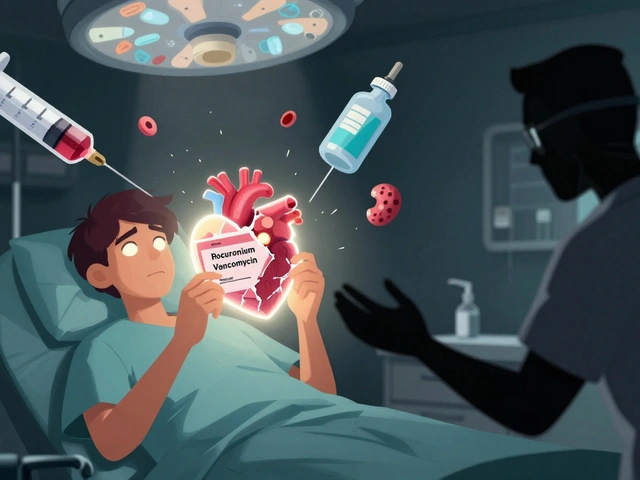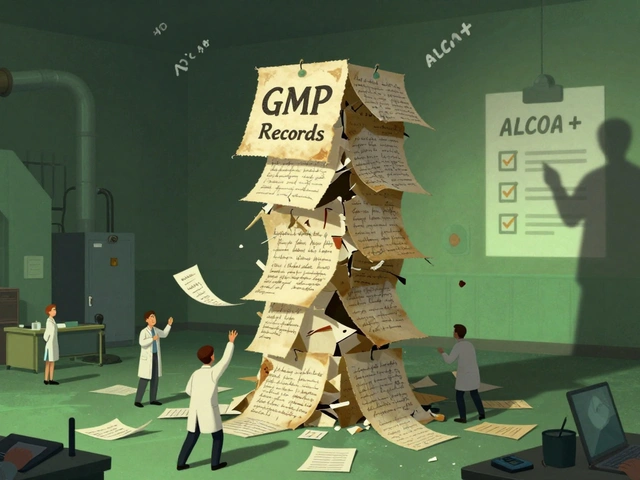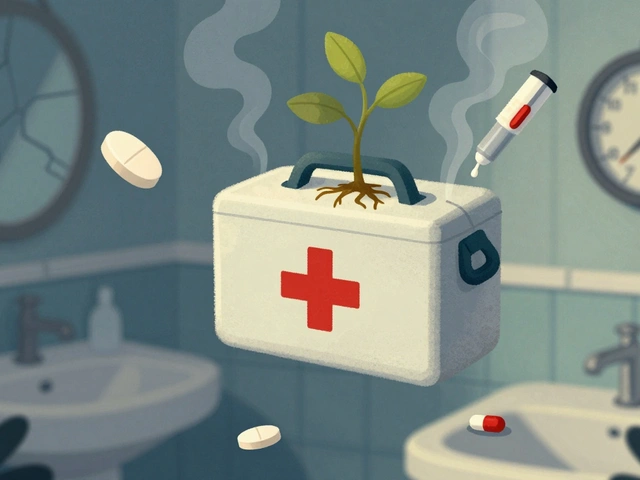Gout: Symptoms, Causes, Treatment and Medication
Gout is a common form of arthritis caused by uric acid crystals that build up in a joint. Most people first notice it in the big toe, but gout can affect ankles, knees, wrists, and fingers. A gout attack usually starts suddenly at night with intense pain, swelling, redness, and warmth. The pain often feels sharp and extreme for 24 to 48 hours, then eases over days.
Risk factors are easy to spot. High-purine foods like red meat, shellfish, and organ meats raise uric acid. Alcohol — especially beer — sugary drinks, obesity, high blood pressure, kidney problems, and certain medicines can also add risk. Men get gout more often than women, and risk rises with age.
How doctors confirm gout varies. Blood tests measure uric acid but can be normal during a flare. The most reliable test is joint fluid analysis where a doctor looks for needle-shaped urate crystals. X-rays rule out other problems, and ultrasound can sometimes spot crystal deposits.
Treating an acute flare aims to relieve pain fast. Over-the-counter NSAIDs like ibuprofen or naproxen work well if you can take them. Your doctor may use colchicine if started early, or a short steroid course if NSAIDs are unsafe. Drink water, rest the joint, and keep it elevated during a flare. Avoid alcohol and high-purine foods until symptoms subside.
Long-term control focuses on lowering uric acid to prevent future attacks and joint damage. Allopurinol and febuxostat reduce uric acid production. Probenecid helps kidneys remove uric acid. Targets usually aim for a uric acid level under 6 mg/dL, but your doctor will set a goal based on your case. Starting uric acid drugs can trigger flares, so physicians often use low-dose colchicine or an NSAID for the first months.
Lifestyle changes matter. Cut back on red meat, shellfish, and sugary drinks. Limit alcohol and lose weight if needed. Drink plenty of water and choose low-fat dairy and vegetables that help lower uric acid. Some people find tart cherry juice or cherries reduce flare frequency, although results vary.
When to start uric acid medicine
Your doctor may recommend starting a uric acid lowering drug if you have frequent attacks, tophi, or kidney stones. Starting treatment after the second or third flare is common, but people with significant tophi or kidney damage may start earlier. Expect regular blood tests the first months to adjust dose and check safety.
Medication safety tips
Tell your doctor about blood pressure meds and diuretics. Don’t mix colchicine with certain antibiotics or antifungals without advice.
Torsemide and Gout: What You Need to Know
As a gout sufferer, I recently came across information about Torsemide and its connection to gout. Torsemide is a diuretic medication often prescribed for patients with heart failure, liver disease, or kidney problems. Though it helps to reduce excess fluid in the body, it can unfortunately trigger gout flares by increasing uric acid levels. It's essential to weigh the benefits and risks of using Torsemide if you have gout and consult your doctor for alternative medications if needed. Ultimately, managing gout and maintaining overall health should always be a priority.






